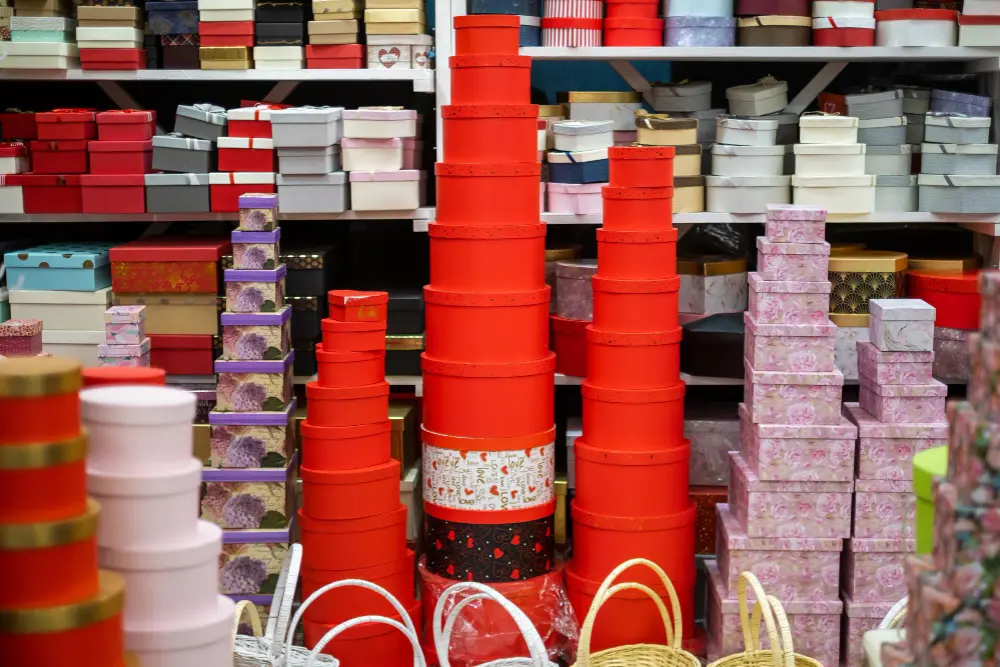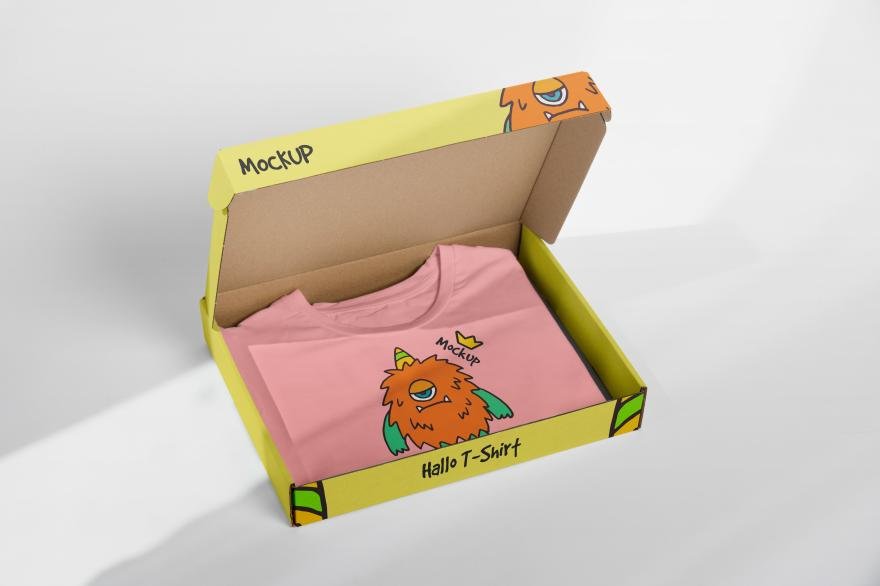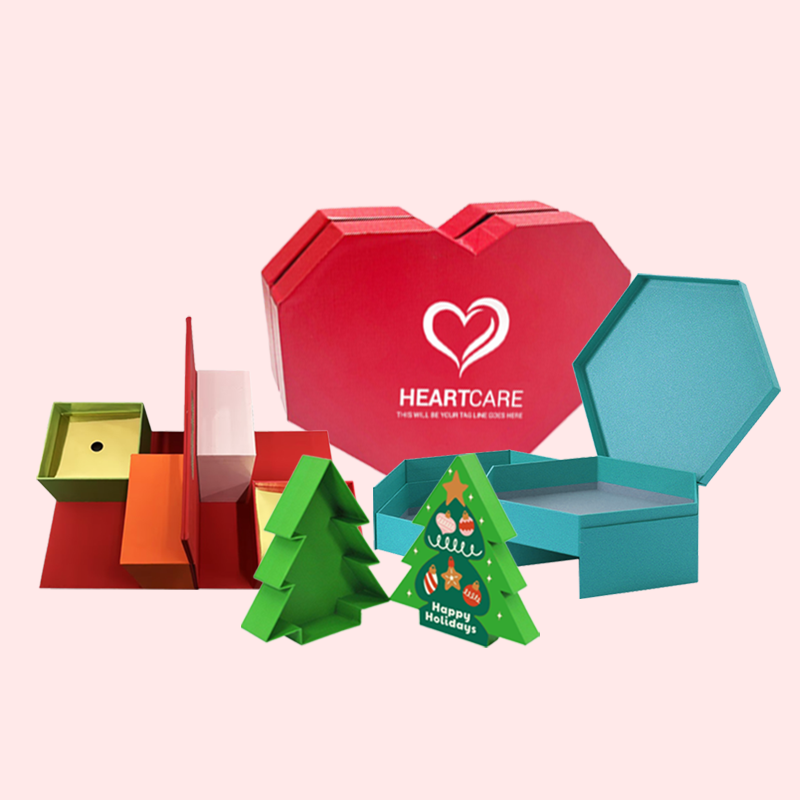Struggling with high shipping costs that eat into your profits? This waste and potential for damaged goods can frustrate customers. Let’s look at practical packaging changes to save money and protect products.
Optimizing apparel packaging for shipping involves three key steps. First, right-size your packages to eliminate empty space. Second, use lightweight, durable materials like poly mailers or thin corrugated cardboard. Third, consider space-saving formats. These actions directly reduce dimensional weight, cutting carrier costs significantly.

Getting your shipping costs under control is a big win for any business. But it's about more than just using smaller boxes. You have to think about everything from the materials you choose to the design of the package itself. These details matter a lot. They affect your budget, how happy your customers are, and even your brand's image. Let's break down the most important areas where you can make changes that count and really improve your shipping efficiency.
What Materials Best Balance Protection and Cost?
Are your packaging materials either too expensive or not strong enough? Finding that sweet spot between security and your budget can be tough. Let's find the right material for your apparel.
For the best balance, use lightweight poly mailers for soft, durable items and thin-walled corrugated boxes for more structured or delicate apparel. Recycled paper and Kraft materials also offer a cost-effective and eco-friendly option. Match the material to the garment's specific needs.

Choosing the right material is a fundamental step. For years in this industry, I’ve seen companies overspend on materials simply because they use a one-size-fits-all approach. A heavy-duty box designed for a glass vase is complete overkill for a t-shirt. The key is to analyze your products and their shipping journey. Do they travel across the country or just across town? Are they delicate silk blouses or sturdy denim jeans? Answering these questions helps you select the right grade of material.
Comparing Common Apparel Packaging Materials
Let's look at the most common options and see where they fit best. Each one has its pros and cons, and understanding them helps you make a smarter choice.
| Material | Protection Level | Weight | Cost-Effectiveness | Best For |
|---|---|---|---|---|
| Poly Mailers | Good (Water-resistant) | Very Light | High | T-shirts, leggings, non-fragile items |
| Kraft Mailers | Moderate | Light | High | Books, lightweight apparel, eco-conscious brands |
| Bubble Mailers | High (Padded) | Light | Moderate | Accessories, delicate fabrics, items needing cushion |
| Mailer Boxes | Very High (Structural) | Moderate | Moderate | Gift sets, premium apparel, subscription boxes |
| Shipping Cartons | Maximum (Durable) | Heavy | Low | Bulk shipments, heavy outerwear (coats, boots) |
I remember a client selling premium knit sweaters. They were using standard poly mailers, but customers sometimes complained about the sweaters arriving snagged. We didn't need a full box, so we switched them to a paper-based mailer with a soft, non-abrasive interior lining. It cost only a few cents more per unit but eliminated the damage complaints completely. It’s all about finding that precise balance.
How Does 'Right-Sizing' Actually Reduce Shipping Costs?
Are you paying to ship empty air in your packages? That wasted space adds up quickly and eats directly into your profits. Let's see how a perfect fit can save you serious money.
Right-sizing reduces costs by minimizing dimensional weight (DIM). Shipping carriers like UPS and FedEx charge for the space a package takes up, not just its actual weight. A smaller, snug-fitting box has a lower DIM weight, resulting in a cheaper shipping tier.

Dimensional weight can be a hidden cost that shocks a lot of businesses. For over a decade, I've had to explain this concept to clients. Carriers implemented DIM pricing to discourage wasteful packaging. They want to fit as many packages as possible onto a truck or plane, and large, lightweight boxes get in the way. So, if your box is big but light, you're penalized for the space it occupies. I've seen brands cut their shipping expenses by 20-30% just by re-evaluating their box sizes.
Understanding Dimensional Weight (DIM)
The formula is simple, but its impact is huge. Carriers calculate the cubic size of your package and divide it by a number called the DIM divisor.
DIM Weight = (Length x Width x Height) / DIM Divisor
The carrier then charges you for whichever is greater: the actual weight of the package or its DIM weight. A lower DIM divisor means a higher DIM weight, which is why right-sizing is so important.
A Practical Example of Right-Sizing
Let's compare the shipping cost for a single hoodie using a standard oversized box versus a right-sized mailer box. Assume the hoodie weighs 2 lbs and the DIM divisor is 139.
| Package Type | Dimensions (inches) | Volume (cubic in.) | DIM Weight (lbs) | Billable Weight |
|---|---|---|---|---|
| Standard Box | 14 x 12 x 6 | 1008 | 7.25 lbs (1008/139) | 8 lbs |
| Right-Sized Box | 12 x 10 x 3 | 360 | 2.59 lbs (360/139) | 3 lbs |
In this scenario, just by choosing a box that fits the hoodie snugly, you are billed for 3 lbs instead of 8 lbs. This single change can save several dollars per shipment. Multiply that by thousands of orders, and the savings become substantial.
Can Smart Design Features Also Improve Shipping Efficiency?
Thinking beyond just the box size, can the actual design of the package make shipping easier? Small structural changes can make a huge difference. Let’s look at how smart design creates efficiency.
Yes, design features like self-sealing adhesive strips eliminate the need for tape, speeding up packing time. Frustration-free elements like tear strips improve the customer unboxing experience and reduce damage from opening. These smart features streamline both packing and receiving.

As a packaging designer at heart, this is where I get really excited. The structure of a package is not just about holding a product; it’s about creating a seamless process from your warehouse to your customer’s hands. I once worked with a subscription box company that was struggling with fulfillment times. Their team was spending precious seconds taping each and every box shut. We redesigned their mailer box to include a built-in adhesive strip. This simple change shaved an average of 15 seconds off the packing time for each box. On a day with 1,000 orders, that’s over four hours of labor saved.
High-Impact Design Features for Efficiency
These are not complex or expensive additions. Many modern box styles include them by default. When you are sourcing your packaging, ask your supplier about incorporating these features.
- Integrated Adhesive Strips: As mentioned, these "peel-and-seal" closures are much faster than using a tape gun. They also provide a cleaner look and a more secure seal.
- Easy-Open Tear Strips: A small perforated line or a pull-tab allows customers to open the package without needing scissors or a knife. This reduces "wrap rage" and prevents them from accidentally cutting the apparel inside.
- Return-Ready Design: This is brilliant for apparel. Include a second adhesive strip inside the box. If a customer needs to make a return, they can easily reseal the original package and send it back. It improves the customer experience and encourages smooth returns.
The Role of Inserts and Void Fill
Efficiency isn't just about the outer box. What happens inside matters too. Rolling garments instead of folding them can often allow you to use a smaller package. Custom-designed inserts can also hold products securely without needing wasteful void fill like bubble wrap or air pillows. For one luxury brand, we created a simple cardboard insert that held a shirt, tie, and cufflinks in a fixed position. It looked premium, protected the items, and allowed them to use a much slimmer box, saving them money on every order.
Conclusion
Optimizing your apparel packaging for shipping saves money, reduces waste, and makes customers happier. Focus on right-sizing, material choice, and smart design features for the biggest impact.






